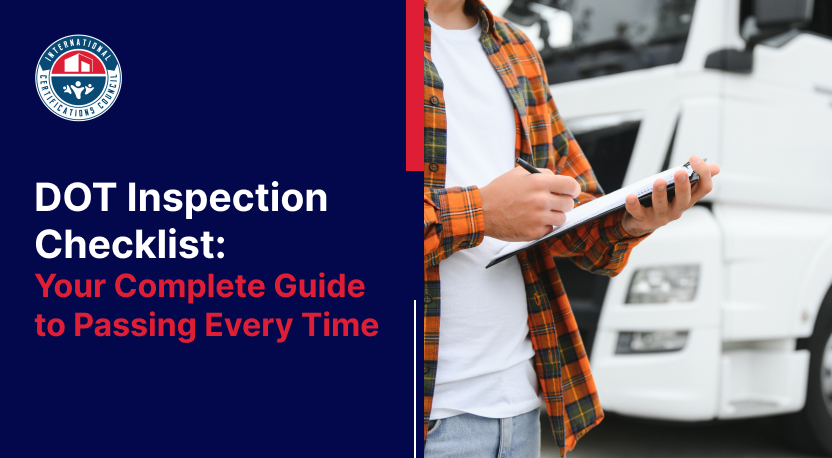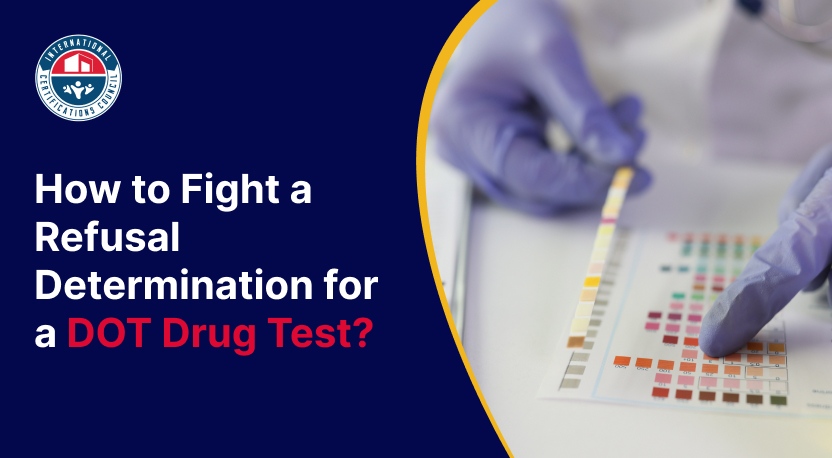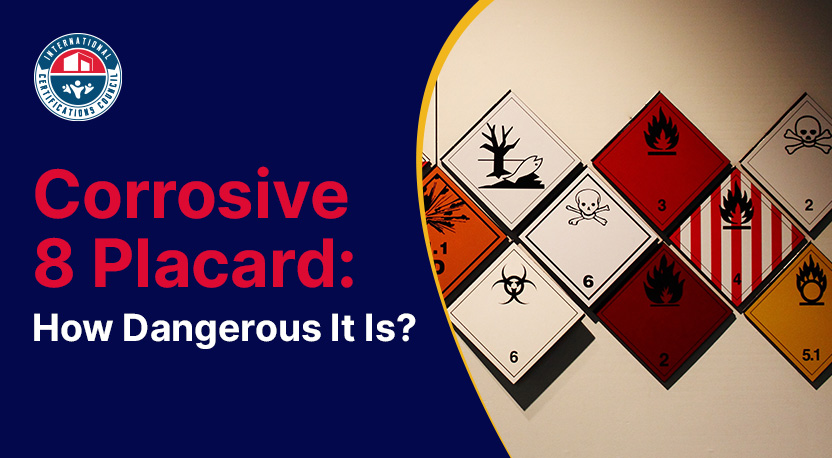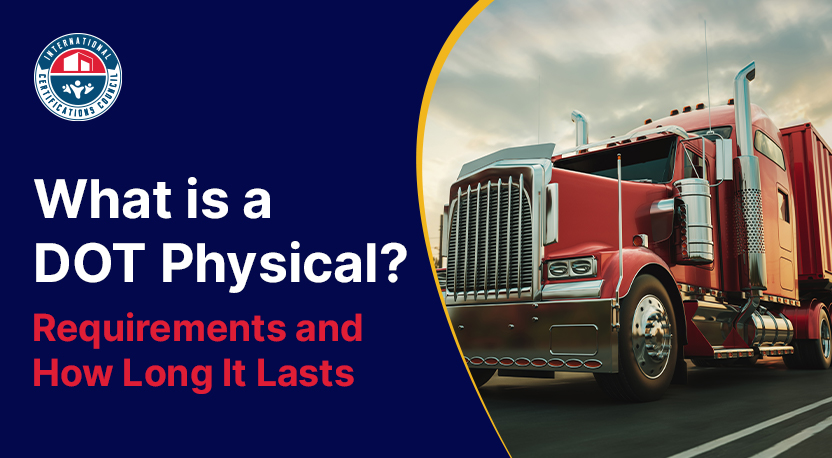Why This List Matters To You
You help move a vast stream of risk-laden freight. PHMSA’s “By the Numbers” dashboard clocks about 1.2 million hazmat shipments every day - over 1.6 billion tons each year. The agency’s “Check the Box” campaign notes around 1,500 undeclared-hazmat incidents every year - almost all traced back to shippers who skipped the basics. Learning the classes keeps you in the safe-arrival column and off the incident list.The nine classes at a glance
Tape this quick chart to the dock wall. It turns new hires into informed helpers before the first break.Hazard Classes for Fully Regulated Items: Let’s Dig a Little Deeper
| Class | What it covers | Everyday example |
| 1 – Explosives | Rapid energy release | Fireworks cartons |
| 2 – Gases | Compressed, liquefied, or dissolved | Propane cylinders |
| 3 – Flammable liquids | Flash point below 140 °F (60 °C) | Paint thinner cans |
| 4 – Flammable solids | Burn from friction, heat, or water | Magnesium shavings |
| 5 – Oxidizers / Organic peroxides | Feed other fires | Pool-chlorine drums |
| 6 – Toxic & infectious | Harm people or animals | Pesticide totes |
| 7 – Radioactive | Emit ionizing radiation | Medical isotopes |
| 8 – Corrosives | Destroy skin or metal | Battery-acid jugs |
| 9 – Miscellaneous | Other transport risks | Lithium batteries |
Class 1: Explosives You handle items that release energy faster than sound. Think blasting caps, fireworks, and certain airbag inflators. Small delays in packing or segregation here can ultimately result in costly consequences for parties on the loading dock.<br
Class 2: Gases
Anything held above 29 PSI counts, whether flammable, toxic, or just under pressure. That barbecue cylinder under your porch? It ships as Division 2.1 flammable gas.Class 3: Flammable liquids
If it gives off flammable vapors below 140 °F (60 °C), it’s Class 3. Paints, fuels, hand-sanitizer drums - everyday items that deserve metal cans, good gaskets, and tight lids.Class 4: Flammable solids
Some powders ignite when wet, others by rubbing. Metal turnings and phosphorus sticks fall under this class. Keep them dry, cool, and separate.Class 5: Oxidizers and organic peroxides
These chemicals feed other fires. Calcium hypochlorite can turn a cardboard box into a furnace if stored with oils.Class 6: Toxic and infectious substances
This label includes pest-control liquids and lab samples packed in dry ice. Separate them from food and show the skull-and-crossbones to everyone loading the truck.Class 7: Radioactive materials
Hospitals ship tiny vials of technetium every night. Dose limits, shielding, and yellow-III labels make this class look scary, but careful paperwork keeps it routine.Class 8: Corrosives
Drain cleaner bottles and acid batteries share this footprint. They hurt skin and eat steel; choose UN-rated plastic or glass that stands the test.Class 9: Miscellaneous dangerous goods
Everything else - lithium batteries, dry ice, magnetized tools, etc., falls under this class. The new lithium-battery label became mandatory several years ago, so double-check your sticker kit.What “Fully Regulated” Really Means
- No shortcuts: You must show the full hazard label, UN ID, and proper shipping name. Consumer-commodity or limited-quantity diamonds do not apply.
- Performance packaging only: Use UN-spec drums, jerricans, boxes, or cylinders tested for the class. A recycled box rarely passes vibration or drop tests.
- Complete shipping papers: Write the description in the HMR order: ID number, proper shipping name, class, packing group, and quantity. Sign the shipper’s certification. Keep one copy for one year (three for waste).
- Mandatory training: Every employee who affects the shipment. Packers, clerks, managers must receive function-specific, safety, and security training at least every three years.
- Security plan when volumes grow: If you ship certain high-consequence materials or large bulk quantities i.e. over 3,000 L (approximately 792.5 gallons) or 3,000 kg (approximately 6,614 lbs), you must maintain a written hazmat security plan and review it yearly.
Embedding Compliance Rules into Daily Practice
- Ask one question first: “Which of the nine classes fits my product?” Every later choice follows that answer.
- Check flash-points and SDS sheets early. HazCom data often hides the true class. Find it before you print labels.
- Label before you load. Put the label on the box while it is still in packing. That simple habit eliminates most dockside mix-ups.
- Log every UN package code. Keep a running list of box codes and test dates; inspectors love fast answers.
- Refresh your knowledge. The 2024 Emergency Response Guidebook revised isolation distances for several toxic gases - details you need when spills happen.
- Celebrate successes. Post a “days without violation” board and share treats when you hit milestones. Positive vibes lock in good practice.
Structured Learning Path: From Beginner to Professional
You can memorize the nine classes during one coffee break. Real mastery comes from practice - spotting the difference between a Class 5.1 oxidizer and a harmless pool-salt bag, or catching a mislabeled aerosol before it reaches the sort belt. Interactive learning helps you build that muscle memory. The best online courses:- Use plain language and real photos, not dense slides.
- Offer short quizzes that mimic everyday decisions.
- Provide printable checklists you can keep on the pallet jack.
- Issue certificates accepted by carriers and regulators.
Why DOT Hazmat Training Matters?
Knowing the hazard classes isn’t just trivia; it’s a key part of staying safe and compliant. The DOT requires anyone handling, shipping, or transporting hazardous materials to undergo proper Hazmat training. This training helps you identify the correct hazard class, use the right packaging and labels, and follow all regulations. It also protects you and your company from accidents and heavy penalties. By understanding hazard classes and getting DOT Hazmat training, you help prevent incidents and ensure every shipment is handled with care.Ready to Level-Up?
You already talk like a pro. Now train like one. Explore the online DOT Hazmat training courses at ICCouncil.org. The courses walk you through every hazard class, show actual shipping papers, and end with a certificate your auditor will love. Start your DOT Hazmat training today, keep every load safe, and move your team from compliant to confident. Enroll now.More Useful Links:
DOT Supervisor Training






